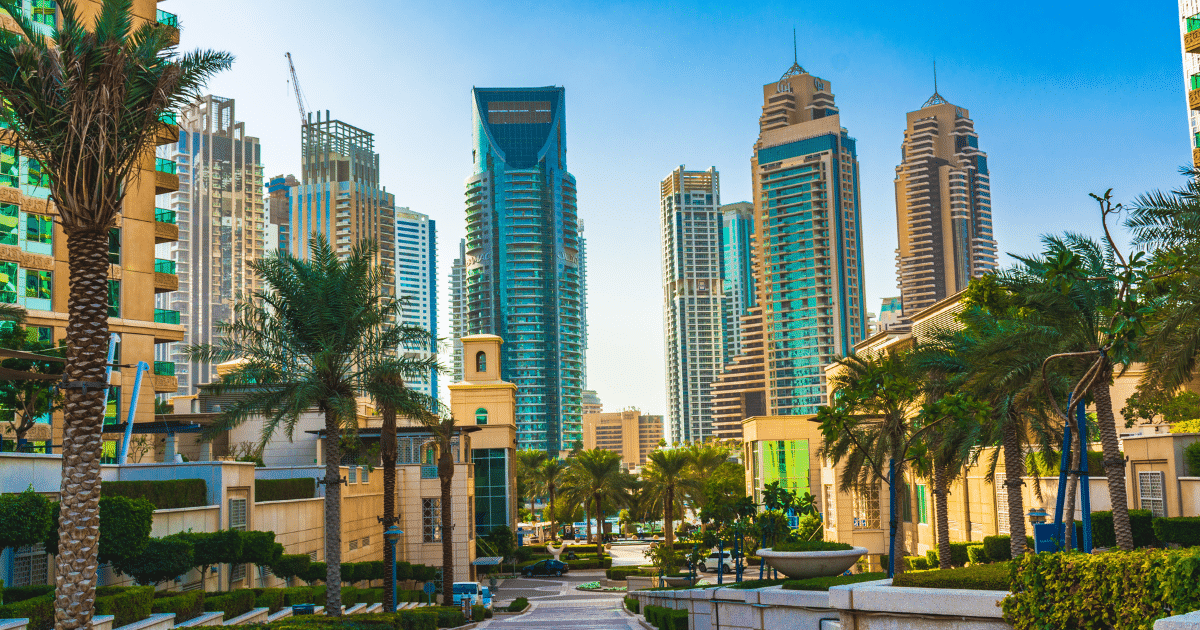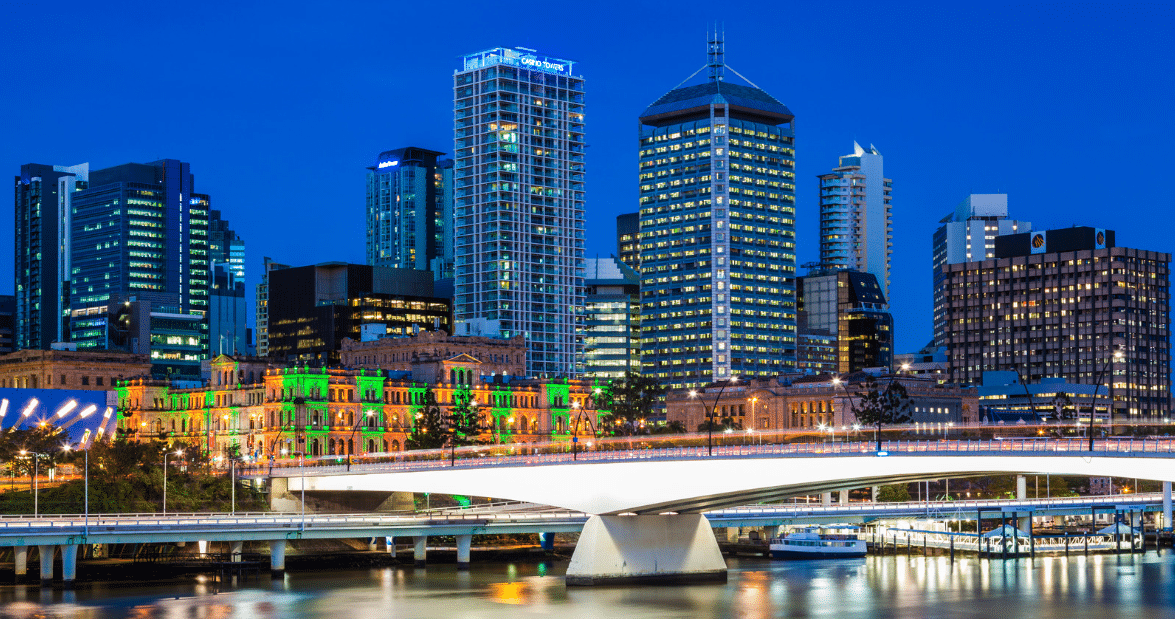New research by the Treasury has found that migrants contribute $127,000 more to Australian federal and state budgets than the general population.
According to the research, permanent migrants in Australia contribute more financially to the Australian economy than Australian residents, which boosts the budget bottom line.
The findings of the Treasury’s research also add weight to calls by Australian business leaders for the resumption of skilled migration to Australia following border closures due to the pandemic.
The research found that skilled migrants contribute around $198,000 on average during their time in Australia, which is significantly greater than the $85,000 contributed by the general population.
Moreover, skilled migrants on primary employer-sponsored visas to Australia can contribute up to $557,000 to Australia’s federal and state budgets – an increase of around 555 per cent over the input by the general population.
Speaking about the research, the Treasury said that it was important to have a lifetime perspective to understand the overall fiscal impact of permanent migrants in Australia.
It also said that migrants pay more to Australia in taxes than what they receive, which further benefits the rest of the population.
According to the Treasury’s fiscal impact of new Australians model (FIONA), the 2018-19 permanent migrant cohort was fiscally positive at both Commonwealth and state and territory levels.
Analysing Australia’s last full pre-pandemic migrant intake using the FIONA model showed strong evidence that a permanent migration program generates “significant fiscal benefits” to Australia.
New South Wales Premier Dominic Perrottet also backed plans to resume skilled migration to Australia by voicing support for a “big NSW.”
Earlier, it was revealed that Mr Perrottet had been advised Australia needed a surge in immigration that would bring in around 2 million new residents over the next five years to rebuild the economy, given that border closures due to the pandemic resulted in negative net overseas migration for the first time in a century.
In addition, the 2021 Intergenerational Report also projected that Australia would have a smaller population of 38.8 million people in the next forty years compared to the 40 million projected in 2015.
Furthermore, the Grattan Institute also called for a complete overhaul of Australia’s current migration system, urging the government to target young, skilled and English-speaking migrants who would add the greatest economic value.
All these findings have further increased the pressure on Australian Prime Minister Scott Morrison to open borders for skilled migrants, with business leaders, in particular, being vocal about their support for skilled migration to fill widespread skill shortages and boost the economy.






